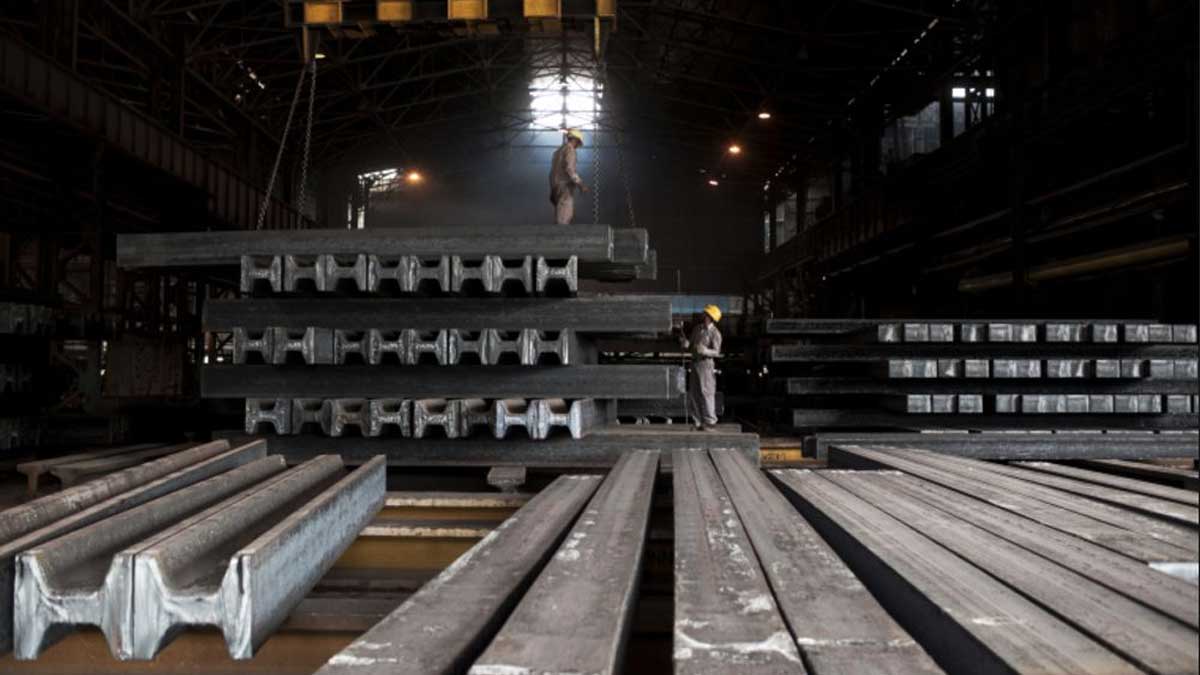The increased costs of steel products in domestic and international markets led the Federal Board of Revenue (FBR) on Monday to raise the minimum prices of steel products through modifications in SRO-985 delivered on August 4, 2021.
In the wake of the details, the new charges of steel bars have been set to Rs 153,000 per metric tonne, ingots/bala, and ship plates at Rs 126,000 MT, billets at Rs 131,000 per MT, and scrap at Rs 119,000 per MT.
The official sources said that an increasing revision was vital in the wake of the recent flow in local and international prices of steel products and to avoid a possible loss of revenue.
Read more: Construction cost elevated by almost 40 percent to hit a new high
In the recent past, the steel industry also had necessitated a revision in the minimum prices, said the rates were on an increasing trend.
Furthermore, the FBR has claimed that minimum prices would be fixed on a quarterly basis.
In February 2021, the domestic steel rebar prices were dreaded to cross Rs 150,000 per ton on a massive flow in universal scrap rates, which had moved out from $350 per ton in October to $455 per ton, with an increase of 10 percent in power tariffs for the energy-intensive steel industry.
Meanwhile, stakeholders in the steel industry said that the higher steel prices could risk the government’s plans to inspire generally the construction sector, and particularly housing unless immediate measures were to be taken to aid the steelmakers bringing down their prices by dropping their electricity bills and decreasing turnover/minimum tax.
“Global scrap prices are set to spike with growth in demand for ferrous scrap in China to 12 million tons a year,” Secretary-General PALSP, Wajid Bukhari, said. Further adding, “The increase of Rs. 4 per unit in the electricity tariff for Pakistan’s nascent steel industry will prove to be the proverbial last straw on its back and detrimental to the government plans for affordable housing for the low-middle-income people.”





















